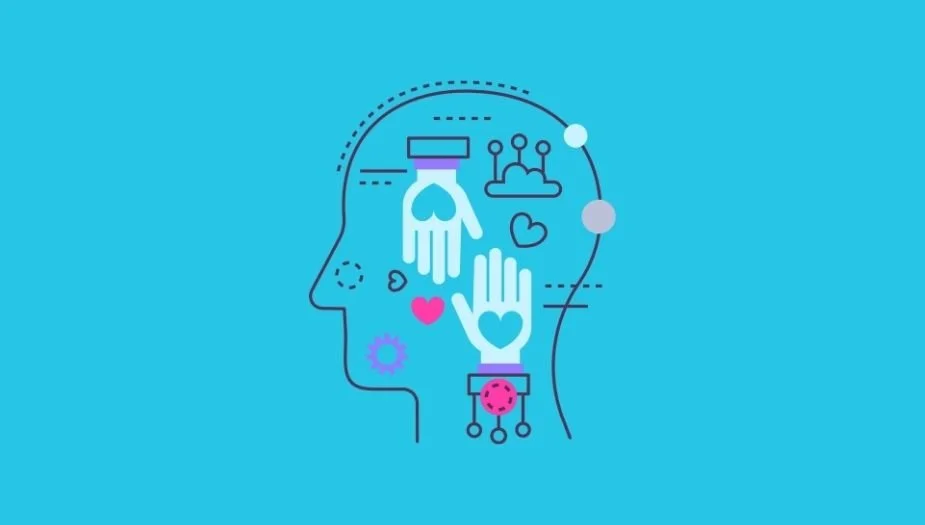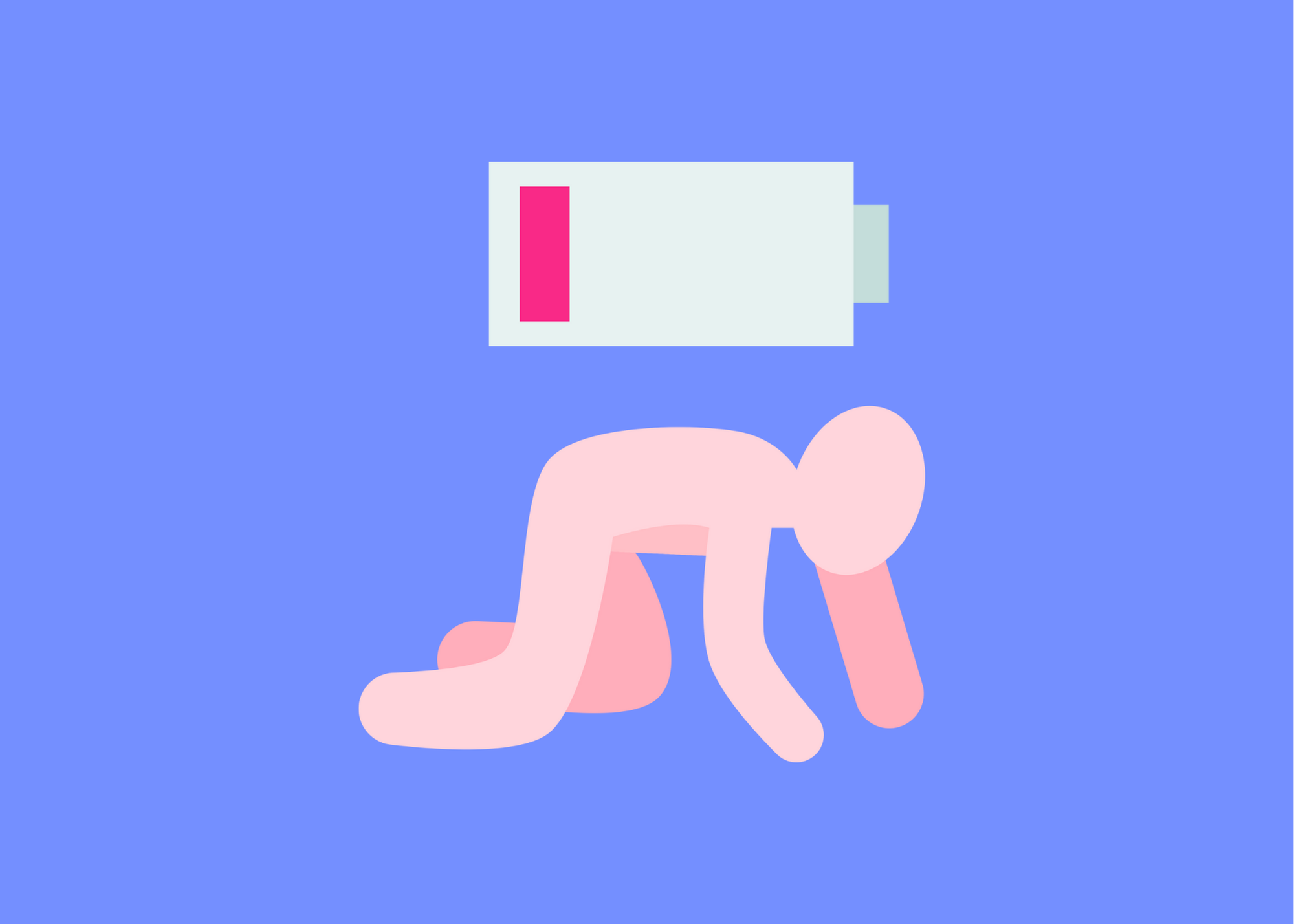The Transtheoretical Model of Change: Understanding the 6 Distinct Stages of Change
Change is necessary. Change is inevitable. Change is hard.
Change is inevitable, yet it often brings discomfort, uncertainty, and resistance. Whether you're striving to improve your health, leave a toxic situation, change careers, or rebuild after a major life transition, the process of change can feel overwhelming. Why do some people struggle to make lasting changes while others succeed? The answer lies in understanding the psychology of change.
The Transtheoretical Model of Change (TTM), developed by Prochaska and DiClemente, provides a science-backed framework for navigating personal transformation. This model outlines six distinct stages—Precontemplation, Contemplation, Preparation, Action, Maintenance, and Relapse—each representing a crucial phase in the journey of change. By recognizing where you are in the process, you can overcome resistance, build momentum, and create sustainable progress.
If you've ever found yourself stuck in a cycle of wanting change but struggling to follow through, this guide will help you break free. Let’s explore each stage of the Transtheoretical Model of Behavior Change and uncover the strategies needed to move forward.
The Transtheoretical Model of Change (TTM)
TTM outlines six distinct stages of change: Precontemplation, Contemplation, Preparation, Action, Maintenance, and Relapse. Each stage captures a unique phase of the change journey, providing insights into human behavior, strategies to overcome resistance, and a roadmap to progress.
Let’s explore each stage in depth and uncover how we can better navigate the complexities of change.
1. Precontemplation: The Blind Spot
What It Is: In this early stage, individuals are unaware of the need for change or resistant to it. They may deny the problem, rationalize unhealthy behaviors, or feel powerless to improve their situation.
Key Characteristics:
Lack of awareness or acknowledgment of an issue.
Justifying or minimizing harmful behaviors (“This is just how life is”).
Avoiding discussions or thoughts about making a change.
Common Barriers:
Denial or lack of information about potential benefits.
Fear of failure or external judgment.
Resistance due to past unsuccessful attempts.
Signs You’re Ready to Move Forward:
A growing awareness of negative consequences from current behaviors.
Curiosity about alternatives or possible solutions.
Experiencing a triggering event that shifts your perspective.
2. Contemplation: The Crossroads
What It Is: Here, individuals acknowledge the need for change but feel stuck in indecision. They weigh the pros and cons, often struggling with fear of the unknown.
Key Characteristics:
Recognizing the issue but feeling uncertain about solutions.
A mental tug-of-war between reasons to change and reasons to stay the same.
Gathering information but hesitating to take action.
Common Barriers:
Overthinking, leading to decision paralysis.
Underestimating the benefits of change while overestimating its difficulty.
Fear of stepping outside a familiar (but unhealthy) comfort zone.
Signs You’re Ready to Move Forward:
A mindset shift from "Why this won’t work" to "How could I make this work?"
Growing frustration with the current state.
Identifying clear, personal motivations for change.
3. Preparation: The Planning Phase
What It Is: This is the bridge between intention and action. Individuals start creating concrete strategies, gathering resources, and setting realistic goals.
Key Characteristics:
Developing a step-by-step plan for change.
Seeking support systems, such as coaches, therapists, or mentors.
Experimenting with small lifestyle changes to build momentum.
Common Barriers:
Overplanning without execution.
Setting unrealistic or vague goals.
Fear of initial setbacks leading to hesitation.
Signs You’re Ready to Move Forward:
Taking small, measurable actions toward your goal (starter steps).
Increased confidence in your ability to succeed.
Feeling energized and committed to the process.
4. Action: The Leap Forward
What It Is: This stage involves actively implementing changes. It requires consistency, resilience, and adaptability to sustain progress.
Key Characteristics:
Regular practice of new habits or behaviors.
Actively problem-solving obstacles that arise.
Experiencing noticeable improvements in well-being or circumstances.
Common Barriers:
Slipping back into old habits under stress.
Lack of a strong support system.
Burnout from unrealistic expectations.
Signs You’re Ready to Move Forward:
Consistently practicing new behaviors over time.
Increased confidence in maintaining progress.
Successfully navigating setbacks without abandoning your goal.
5. Maintenance: The New Normal
What It Is: In this phase, the new behavior becomes a lasting part of life. The focus shifts to sustaining progress and preventing relapse.
Key Characteristics:
New habits feel natural and automatic.
Awareness of potential triggers and proactive strategies to handle them.
Celebrating milestones and continued growth.
Common Barriers:
Complacency leading to regression.
External stressors triggering old patterns.
Lack of continued challenge or growth.
Signs of Long-Term Success:
Consistently maintaining positive changes despite challenges.
Adapting behaviors to new life circumstances.
Feeling empowered by your transformation.
6. Relapse: The Setback and Restart
What It Is: Relapse is a common part of the change process where individuals revert to old habits. However, relapse is not failure—it is a learning opportunity that can strengthen long-term success.
Key Characteristics:
A return to previous behaviors due to stress, lack of motivation, or external triggers.
Feelings of guilt, shame, or frustration.
Temporary loss of progress but not necessarily a complete regression.
Common Barriers:
Negative self-talk leading to prolonged setbacks.
Lack of support or accountability.
Emotional triggers that reignite old habits.
How to Recover and Move Forward:
Recognize that relapse is a normal part of the process, not a sign of failure.
Analyze what led to the setback and develop strategies to prevent future relapses.
Recommit to your goals with adjusted strategies and renewed motivation.
Why Change Is Hard—And How to Make It Easier
Change is difficult because it disrupts our comfort zones, triggering fear and uncertainty. The brain is wired to prioritize safety over exploration, which is why stepping into the unknown often feels overwhelming. However, transformation happens when we push through that discomfort.
Strategies for Embracing Change:
Practice Self-Compassion: Recognize that setbacks are part of the process, not a sign of failure.
Break It Down: Focus on small, manageable steps rather than overwhelming goals.
Seek Support: Connect with mentors, coaches, or communities for guidance and accountability.
Reframe Fear: View challenges as opportunities for growth rather than threats.
Celebrate Wins: Acknowledge progress, no matter how small.
What to Do When Stuck:
Reflect on what’s keeping you in place (fear, attachment, lack of clarity).
Revisit your motivations and long-term goals.
Seek professional help if the barriers feel insurmountable.
Letting Go and Moving Forward
One of the hardest changes we face is leaving situations that no longer serve us—whether it’s a toxic relationship, an unfulfilling job, or a way of thinking. TTM reminds us that readiness for change is a process, not a switch.
When we hang on out of fear, we delay our progress. Trusting in the framework of TTM can give us the courage to embrace the next chapter, even when the unknown feels overwhelming.
Final Thoughts: Change as an Evolutionary Necessity
Humans are ever-evolving. We’re not the same people we were a decade ago, and neither is the world around us. Life’s challenges—whether a career pivot, a personal loss, or a major disruption—are opportunities to adapt and grow.
By understanding and applying the Transtheoretical Model of Change, we can navigate these transitions with greater clarity and resilience, transforming uncertainty into possibility.
The next chapter of your life is waiting. Embrace it.
Need Help? Fear is loudest right before the breakthrough.
You don’t need a guarantee. You need support, strategy, and space to grow.
Let’s walk through the fear—not around it.
📞 Book your free consult. This is what forward feels like.
Article References
The sources cited in the article:
National Institutes of Health (NIH). “Transtheoretical Model of Health Behavioral Change.” NIH - Transtheoretical Model of Change
Verywell Mind (VM). “The 6 Stages of Change.” VM - The 6 Stages of Change
Harvard Business Review (HBR). "What Having a “Growth Mindset” Actually Means." HBR - What Having a Growth Mindset Means
Forbes. “The Value of a Growth Mindset and How to Develop One.” Forbes - The Value of a Growth Mindset
Psychology Today (PT). "Growth Mindset." PT - Growth Mindset
Harvard Business School. "Growth Mindset vs Fixed Mindset.” Harvard - Growth Mindset vs Fixed Mindset
VeryWell Mind (VM). “What is a Mindset and Why Does It Matter?” VM - What is a Mindset and Why Does It Matter?






